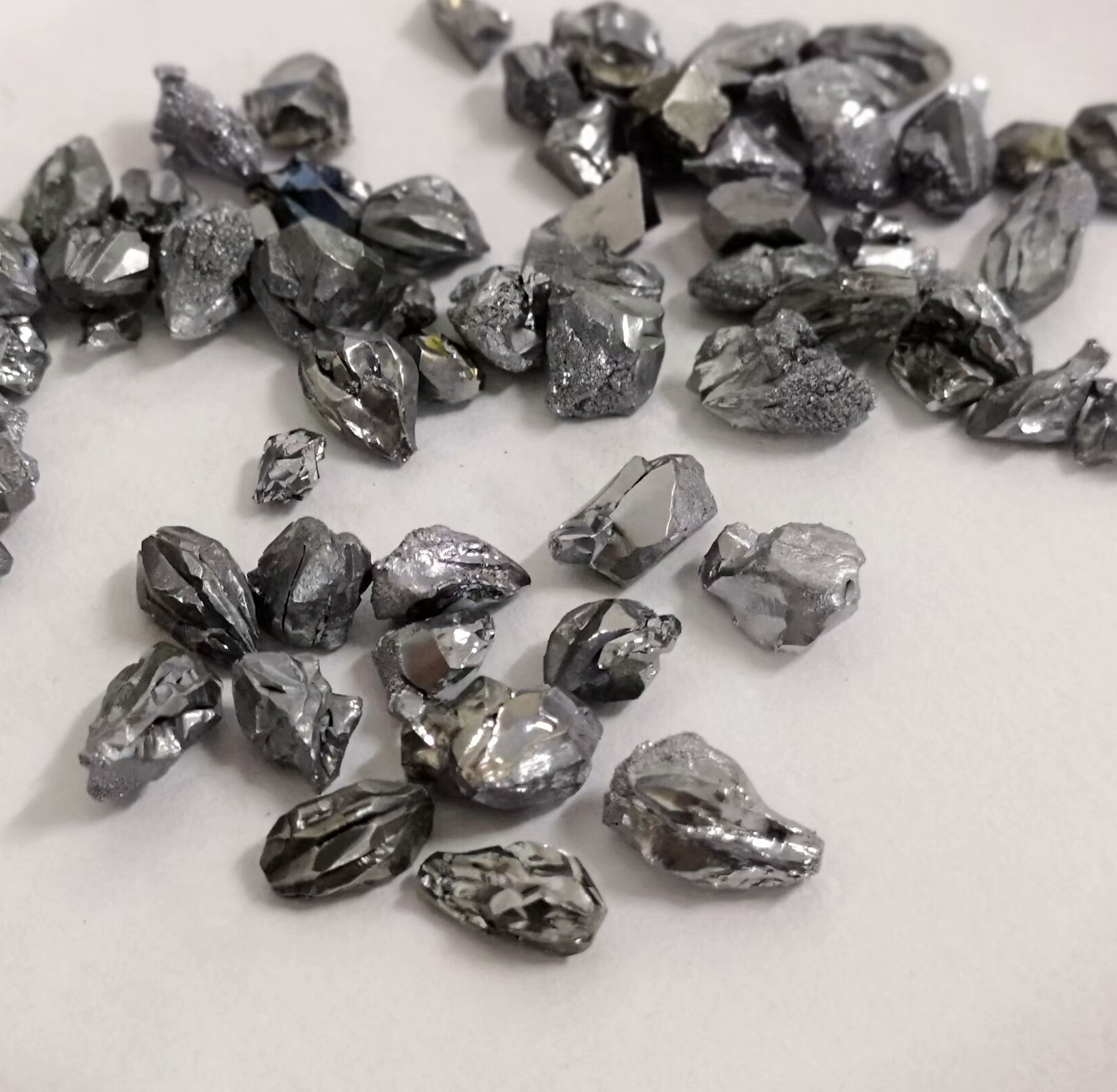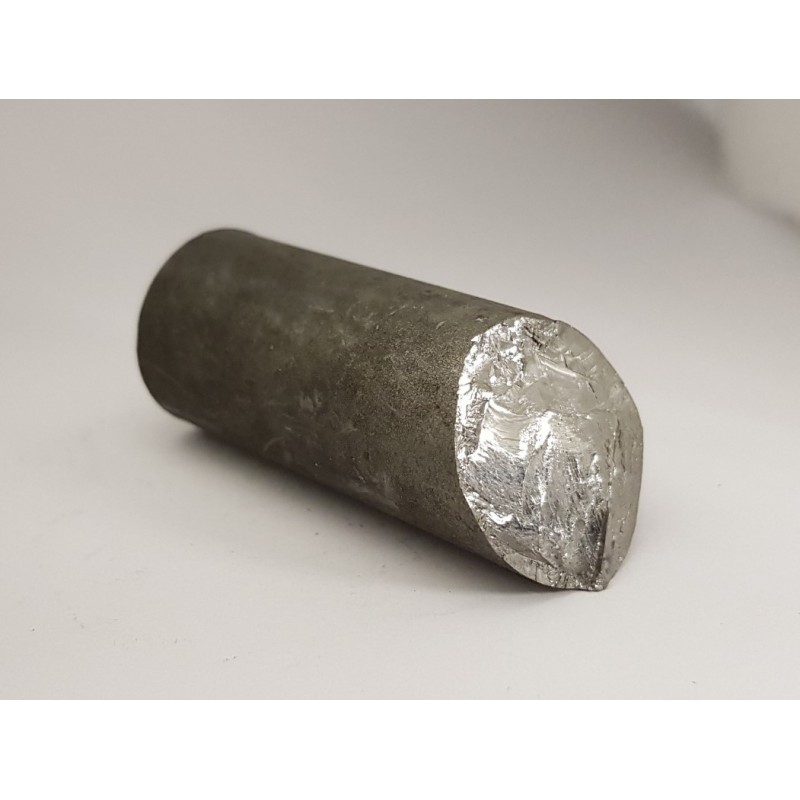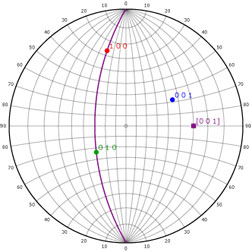
Recently, high-grade structural transformations involving large shifts in mass and volume have been observed in several porous single crystals as a consequence of guest sorption 31, 32, 33. However, the SCSC transformations in typical single-crystal materials are primarily small because of the rigid chemical bonds and spatial constraint in the crystal lattice. The direct structural information obtained from single-crystal X-ray diffraction (SC-XRD) analyses may enhance our understanding of the molecular transport and reactions in these condensed phase systems. Typical examples are single crystals that undergo single-crystal-to-single-crystal (SCSC) transformations induced by concerted guest sorption or reactions between the guest and host structures, which are reminiscent of those in microtubules and enzymes in biological assemblies 20, 21, 22, 23, 24, 25, 26, 27, 28, 29, 30. Such structural flexibility provides a practical way to access superior adsorption materials, materials with tunable magnetic properties, ferroelectric materials, and efficient actuators 9, 10, 11, 12, 13, 14, 15, 16, 17, 18, 19. Single crystals that possess adaptive crystal lattices in response to external stimuli are garnering increasing research attention 1, 2, 3, 4, 5, 6, 7, 8.

The study not only presents a unique material, featuring both a periodic crystal lattice and gel-like super-ductility, but also reveals a possible solid-state reaction method for preparing chiral compounds via the elimination of chelating ligands. The elimination of chelating ligands induces a chiral interconversion in the molecules that manifests as a centric-chiral-polar symmetric variation of the single crystal. This allows the reversible zero-dimensional to one-dimension and further to three-dimensional structural changes to be fully characterized by single-crystal X-ray diffraction analyses. Although the structural change is exceptionally large (50% volume shrinkage and 36% weight loss), the single-crystal nature of the complex persists because of the multiple strong hydrogen bonds between the constituent molecules. In this study, we report a Zn II complex that undergoes giant SCSC transformation induced by a two-step thermal elimination of ethylene glycol chelating ligands.

However, the development of single crystals with super-adaptive crystal lattices capable of huge and reversible structural change remains a great challenge. The following functions are disabled: Save your work in a self-contained "session file " enable automatic preference recording print, copy or export graphics (choice of vector or pixel formats) read from older file formats auto-index observed patterns, with the Grid tool export diffraction data and "Zones Axes" indexing files show symmetry-related planes & vectors in the stereogram.Numerous single crystals that exhibit single-crystal-to-single-crystal (SCSC) transformations have been reported, and some of them show great promise for application to advanced adsorption materials, magnetic switches, and smart actuators. Key diffraction techniques such as Laue, Precession & transmission electron diffraction are simulated, with real-time structure/diffraction rotation and control over sample thickness and instrumental parameters.

SingleCrystal can simulate X-ray, neutron and electron diffraction patterns from single crystals, as well as being able to display reciprocal lattice sections and stereographic projections. SingleCrystal is an elegant program designed to make the world of diffraction, reciprocal lattices and stereographic projections intuitive, interactive and fun! In addition, the application features advanced simulation as well as utilities that can measure real diffraction images. SingleCrystal is an interactive environment for understanding diffraction properties from individual crystals. From the classroom to the laboratory to the synchrotron: SingleCrystal is the easiest way to visualize and understand diffraction properties of crystals.


 0 kommentar(er)
0 kommentar(er)
